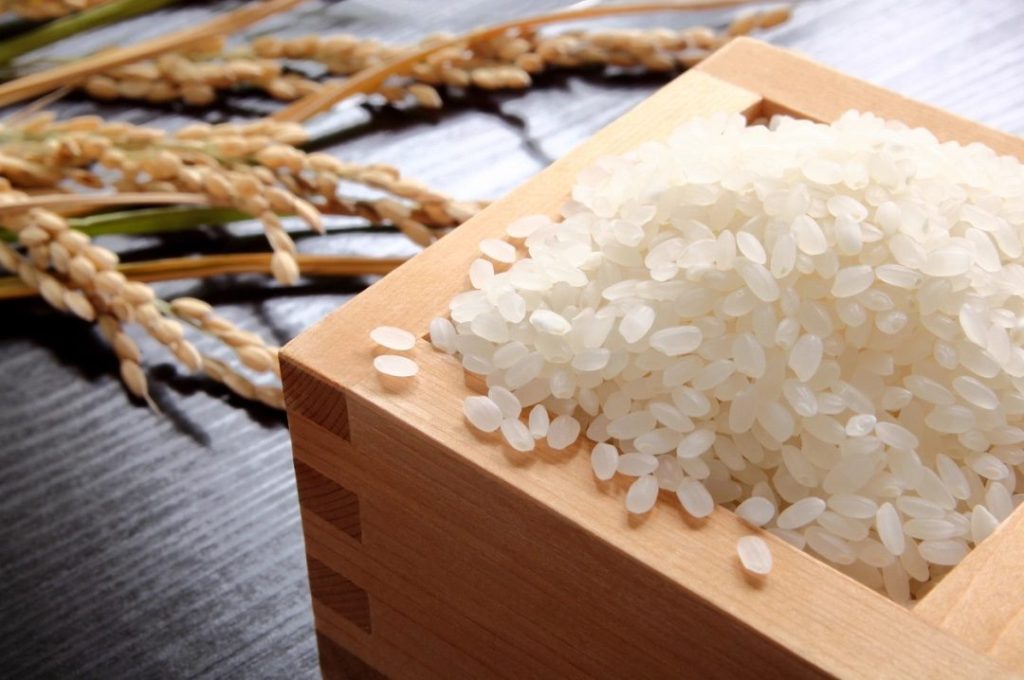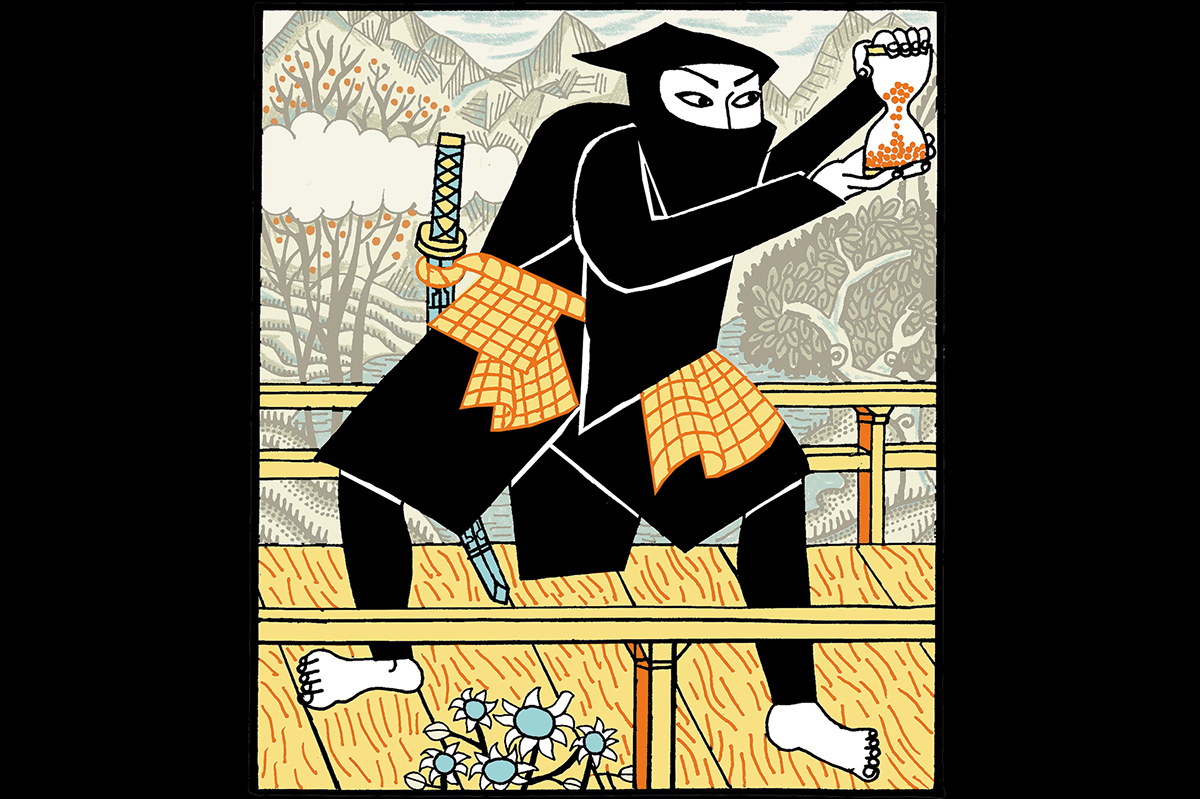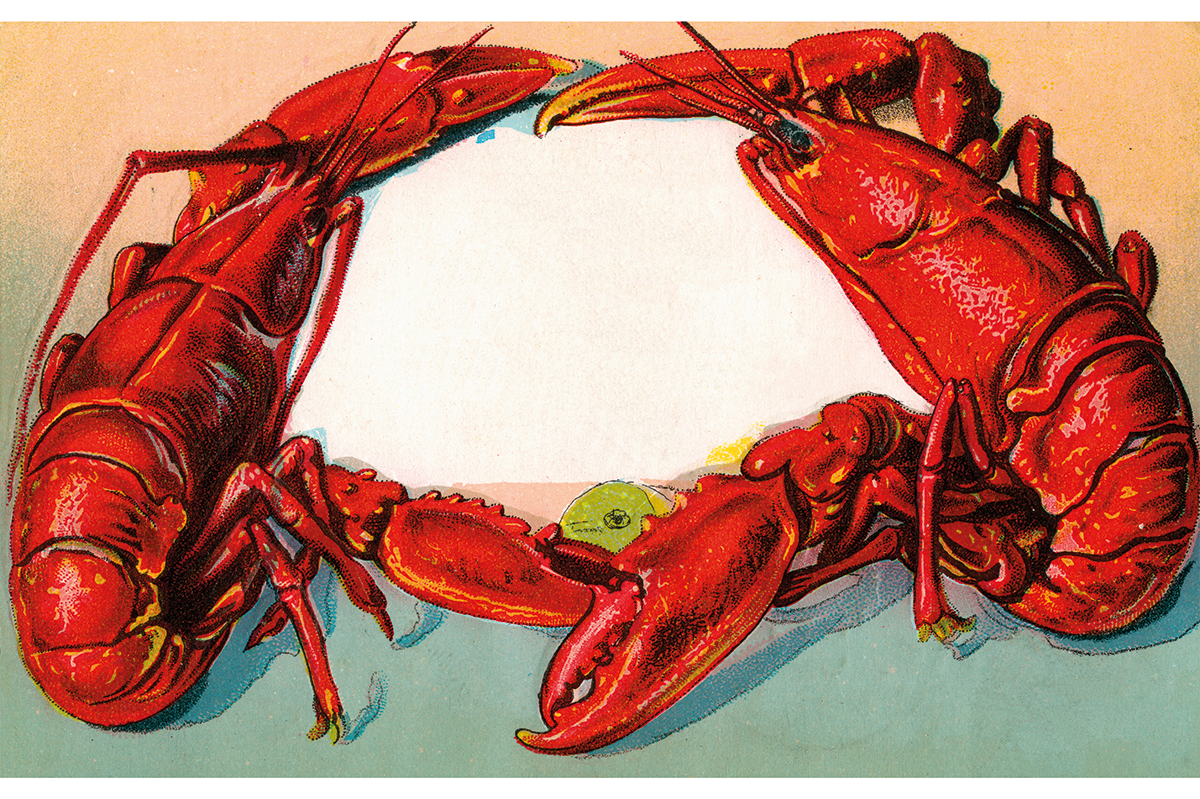It would be an insult to call rice the staple food of Japan. For centuries it has been so much more than that. In Japan, rice has long been treated with a respect that borders on reverence. The emperor blesses the rice crop each year and in Shinto culture rice and rice-based sake are two of the most common ceremonial offerings to the gods. Rice has supernatural power: the red glutinous variety will protect you from evil and bring good luck. And it must be handled with great care: the worst thing you can do during a Japanese meal is plant your chopsticks in the rice — a symbol, if not harbinger, of death. Rice, prepared and served in the correct manner, has been called the essence of Japan. For purists, occidental curiosities, such as instant rice and rice pudding, are abominations.
So embedded is rice farming in Japanese history and culture that some believe it helped form the national character. Wet rice cultivation required families to pool their labor, fostering a spirit of amae (dependency) and wa (harmony). It has been speculated that the exposure felt by anyone working in a paddy field, observable from all sides, may have engendered the self-consciousness, conformity and sense of shared purpose that have become national traits.
The original name of Japan in the scrolls of the Nihon Shoki (the ancient chronicles of Japan) translates as “the land where abundant rice shoots ripen beautifully” and, interestingly, one Japanese word used for America is beikoku (land of rice, meaning land of plenty). The most common Japanese word for rice is gohan, which includes the honorific prefix “go” (thus, literally “noble rice”). Gohan also has the general meaning of meal and since it is incorporated into the words for breakfast, bangohan, lunch, hirugohan and dinner, bangohan, it was almost impossible for Japanese to conceive of a meal without rice.
Until recently that is. Rice, it seems, is steadily losing its preeminence and being replaced in the Japanese diet by easier fare such as bread or noodles. Domestic rice sales are down by more than 10 percent in the past decade, according to the Ministry of Agriculture, and fewer and fewer eat it as a daily staple. The process is so traumatic that it has earned a name: kome banare, or “rice separation” — and the decline seems to be accelerating.
Convenience is one reason for this. Who has the time for the multi-step process of preparing rice, or the troublesome business of washing out the rice cooker? Then there are the changes in domestic arrangements. Households are smaller, many people live alone, so few bother with the traditional communal family breakfast that had rice as its base, opting for a quick slice of toast or bowl of cereal instead.
Bread is the new craze, especially exotic artisanal varieties baked in the rapidly growing number of boutique bakeries. These are often run by idealistic new-life incomers or disillusioned former salarymen and women who quit the joyless office grind in pursuit of more meaningful, soul-nourishing employment. Japan is in the grip of a bread boom, or series of booms, with a recent trend for fluffy sweet white bread (namashokupan) now challenged by bean paste and butter or fruit filled sandwiches.
It’s all good fun, and certainly less laborious than the ritual of rice preparation and the meticulous assemblage of ingredients for the daily bento (lunch) box. But traditional Japanese culture was never about good fun, or convenience. Until recently that is.
This article was originally published on The Spectator’s UK website. Subscribe to the World edition here.

























